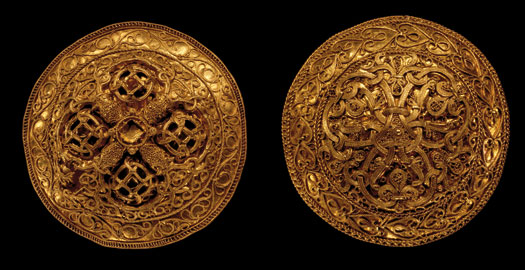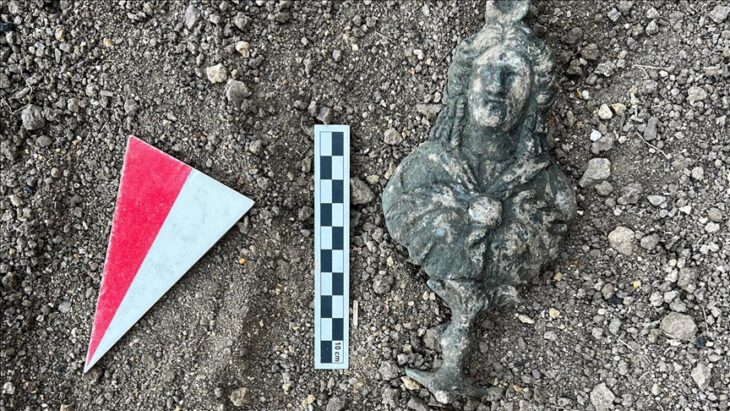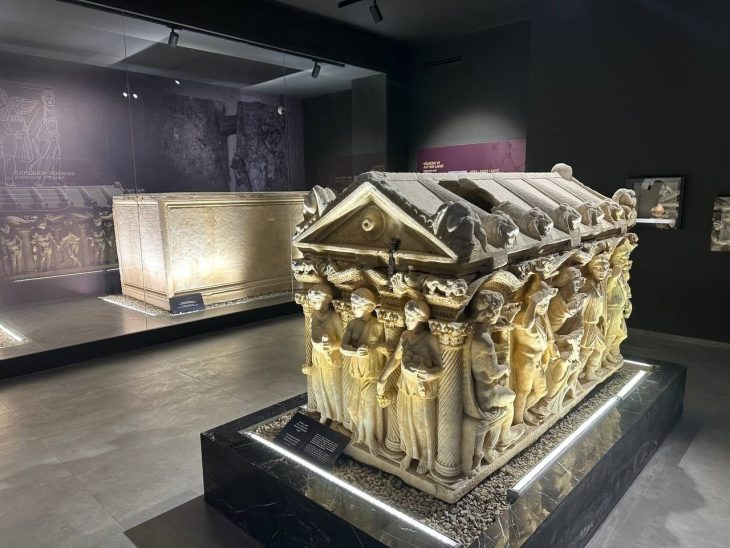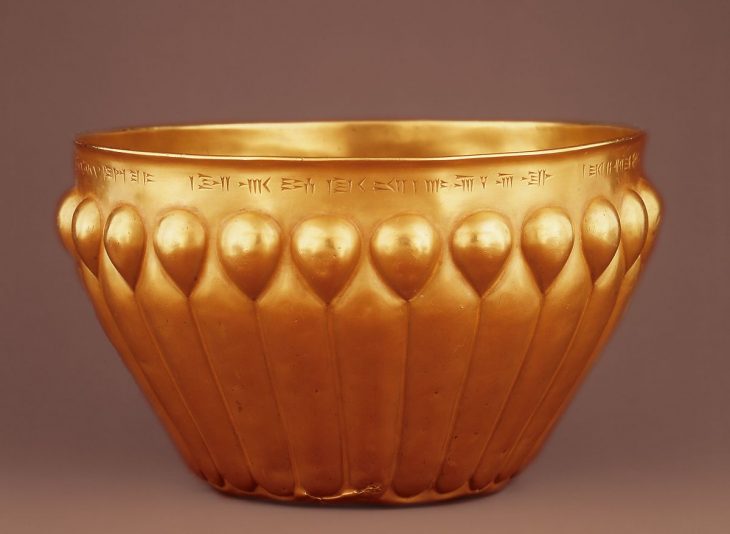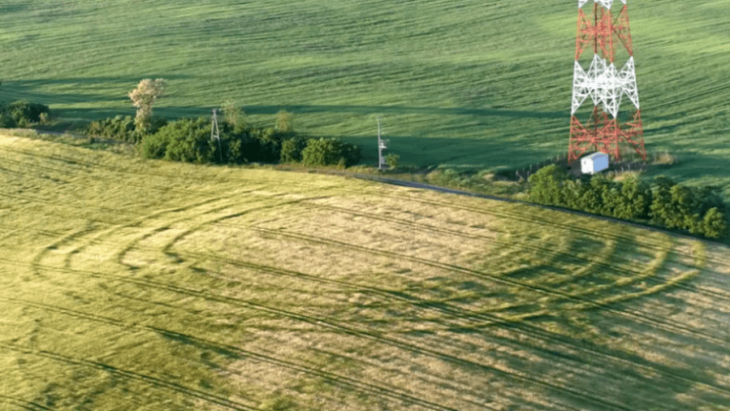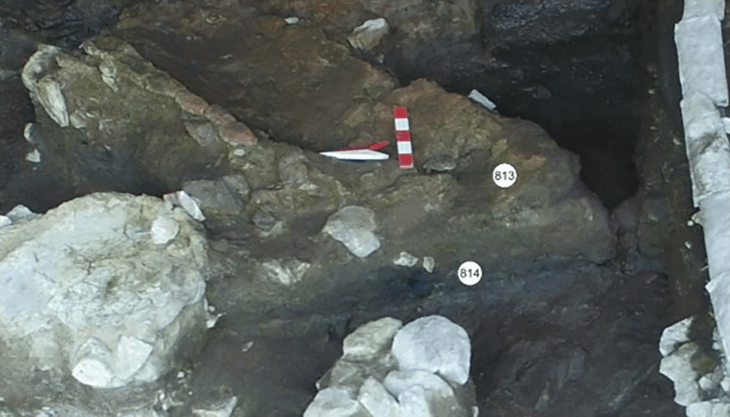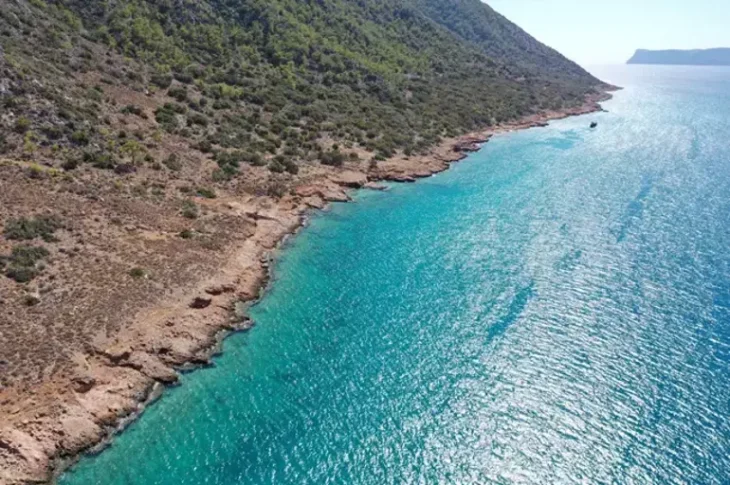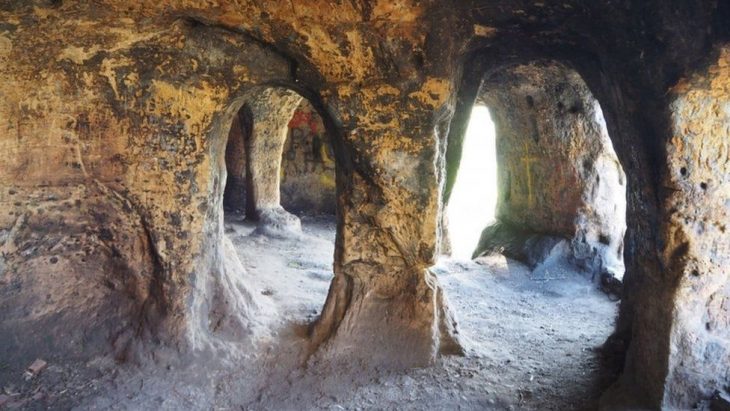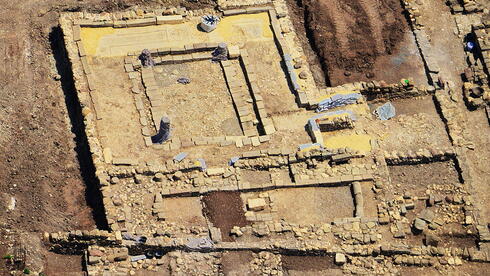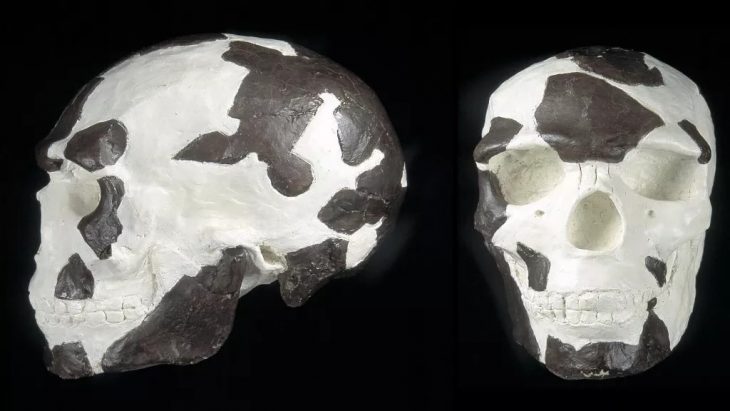The Hornelund Brooches are rare and captivating examples of Viking Age goldsmithing, discovered in southwestern Jutland, Denmark. These two intricately crafted gold brooches, dating back to the early 11th century, were found alongside a gold arm ring, forming a mysterious hoard that continues to intrigue historians and archaeologists today.
A Unique Blend of Viking and Christian Art
Each brooch measures approximately 3.3 inches (8.5 cm) in diameter and weighs between 2.1 to 2.6 ounces (60 to 75 grams). Their designs showcase a fusion of Norse mythology and early Christian symbolism—a rare artistic combination during the Viking Age (A.D. 793–1066).
One brooch features four forward-facing animal heads, crafted in a distinctly Norse style, likely the work of a local Viking goldsmith.
The second brooch displays elegant leaves and vine motifs, echoing early Christian themes. In Christian iconography, grapevines symbolize Jesus as the “true vine”, representing life and resurrection.
Masterpieces from a Golden Age
During the Viking era, Jutland was a renowned hub for goldsmithing, producing high-quality jewelry for local elites and possibly for export. Similar brooches have been discovered in Sweden and the Slavic regions, suggesting cultural exchange or stylistic influence from countries like Estonia, where swirling decorative patterns were common in the late 10th century.
📣 Our WhatsApp channel is now LIVE! Stay up-to-date with the latest news and updates, just click here to follow us on WhatsApp and never miss a thing!!
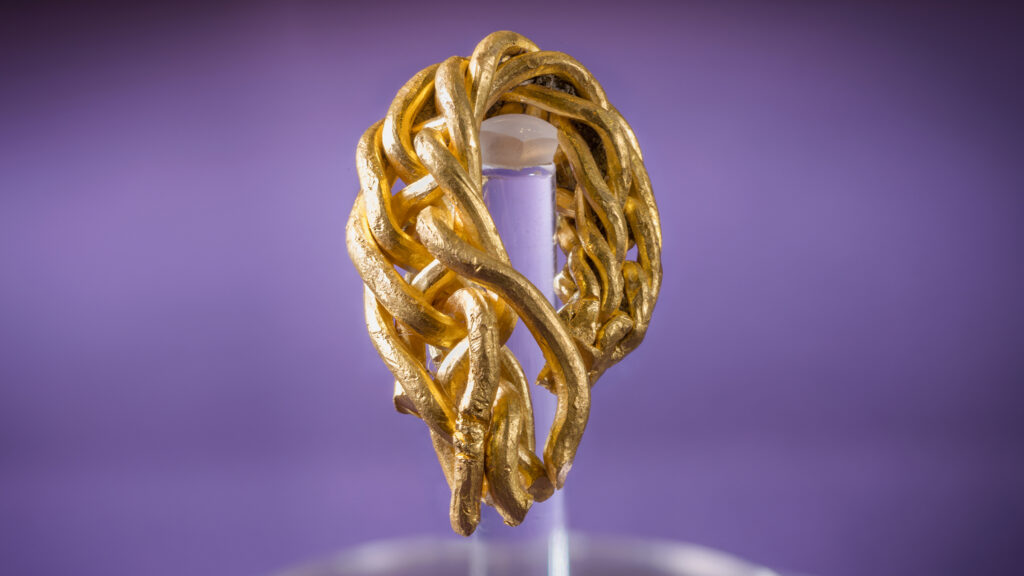
Despite this, the Hornelund brooches remain unique in Denmark’s archaeological record. As archaeologist Władyslaw Duczko wrote in 1987, these pieces stand out in the Danish jewelry collection for their craftsmanship and hybrid artistic style.
A Mysterious Discovery
The hoard was accidentally unearthed in 1892 by a farm servant tilling fields near Varde, Denmark. Although the landowner turned the treasure over to the National Museum of Denmark (and received 295 Danish krone, equivalent to around $4,000 USD today), the site was never properly excavated.
To this day, no one knows whether the brooches were part of a Viking burial, homestead, or a hidden cache of wealth—possibly buried in haste during times of conflict or transition.
Preserved at the National Museum of Denmark
Today, the Hornelund Brooches are on display at the National Museum of Denmark, where they offer a rare glimpse into the artistic sophistication and cultural complexity of Viking society.
Cover Image Credit: National Museum of Denmark

